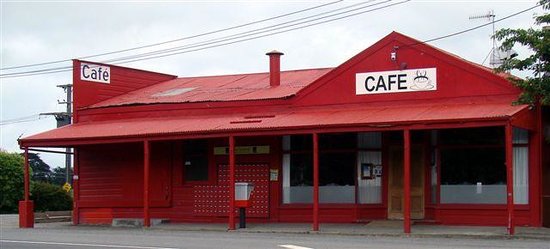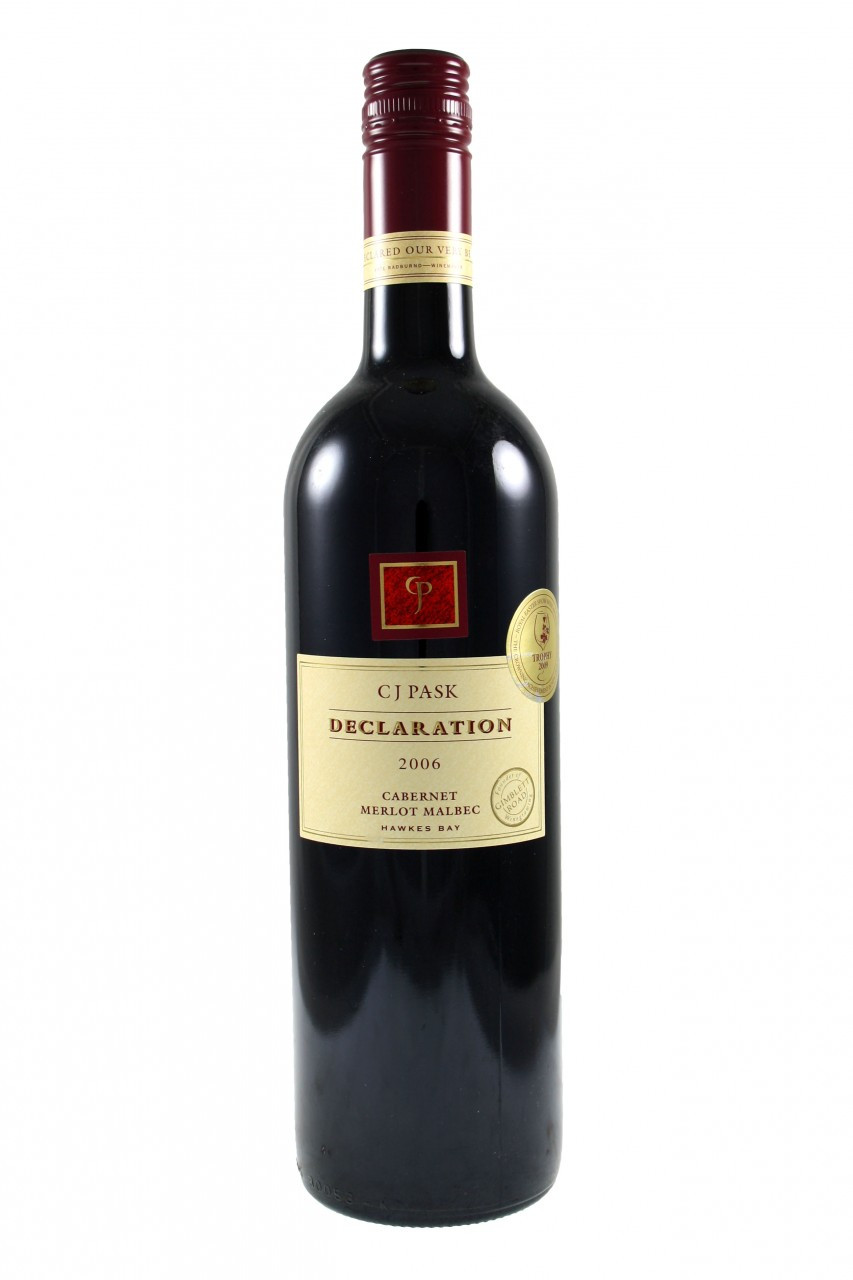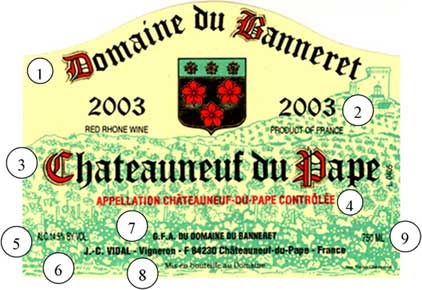July 21 2013 Meeting at The
Red House Café, Te Horo

WineMaster – Stewart Macpherson
As this is my swansong as
WineMaster here are a few notable Quotes, methinks…
The Irish believe
that fairies are extremely fond of good wine. The proof of the assertion is
that in the olden days royalty would leave a keg of wine out for them at night.
Sure enough, it was always gone in the morning. ."—Irish Folklore
“Even more importantly,
it's wine, food and the arts. Incorporating those three enhances the quality of
life.” —Robert Mondavi
"I don’t need an app that tells me how many
calories I’ve burned. I need an app that tells me how many glasses of wine I’ve
earned."—Anonymous

"She gets to keep the chalet and the
Rolls, I want the Montrachet.” From a
cartoon on the subject of divorce in Forbes Magazine, May 6, 1966
“The University of Nebraska
says that elderly people that drink beer or wine at least four times a week
have the highest bone density. They need it - they're the ones falling down the
most.” —Jay Leno
“Anyone who tries to make you believe that he knows
all about wines is obviously a fake.”
Leon Adams in the American wine appreciation guide, The Commonsense Book
of Wine

No photpgrapher, so just the notes with illustrations
WINE 1 – on
Arrival
Winterman Mulled Wine - RRP$21.90
Our Cost $19.90 ( from Glengarry) 10% Alc/Vol
The Winterman is rich ruby
Burgundy, well balanced with distinctive currant and forest berry flavours,
subtly blended with winter spices of clove, nutmeg & cinnamon with
background notes of baked orange and dates.

WINE 2 - with
an Entreé of slow roasted duck leg on a mushroom and spinach risotto with Star
Anise and orange syrup.

Zingaro 2004 Zinfandel – RRP$18.99 (from New
World Waikanae) 14.5% Alc/Vol
Dark, complex and a touch on the spicy side.
This description not
only fits this ruby zinfandel wine, but also the free-spirited zingaros
(gypsies) who for centuries roamed the Italian countryside.
The zinfandel vines
from which the grapes for this wine were picked are 15-45 years old, and
deep-rooted in the elevated benchlands overlooking the Russian River in
Mendocino County, California. You’ll note the abundant jammy flavours of plum
and blackberry that enfold the silky tannins, while a virtual spice cabinet
opens on the palate.
WINE 3 – with
lemon, thyme and garlic crusted lamb racks on layered Agria potatoes
with a blackberry jus and polenta crusted sweet breads. Served with vegetables.

C J Pask ‘Declaration’ 2006 Cabernet Merlot Malbec – RRP$55 Our Cost $50 (from Glengarry’s) 13.5% Alc/Vol
Pure Gold – Air NZ Wine Awards 2006
Gold – NZIWS ‘10
Pask's top drop – 40% Cabernet Sauvignon, 38% Merlot, 22% Malbec. After
18 months in French and American barriques, you can taste the mineral and earth
notes that combine with tobacco characters, resulting in an intense, rich berry
fruit expression. All the usual suspects are here - Spice, white pepper, cedar
mixed up with cassis and Doris Plum characters and supported gracefully by fine
tannins and balance.
According to MW Bob Campbell who gives this
wine 4 Stars “An elegant rather blockbuster wine with plummy,
spicy flavours that point to a stronger influence of Merlot and perhaps Malbec
than the dominant partner, Cabernet Sauvignon. Attractive, ripe and slightly
rustic wine with character and classy oak.”

Pask was first to plant vines at Gimblett Road, founding the world-renowned Hawke's Bay wine growing district now known as the Gimblett Gravels.
Our very first vintage of 1985 Cabernet Sauvignon was awarded 5 stars in Cuisine Magazine. Since then Pask wines have consistently enjoyed gold medal and trophy success in London, Australia, Asia, the United States, Canada and New Zealand across a range of varietals and wine styles.
Today Pask is one of New Zealand's leading winemakers with an enviable reputation for excellence. They are proud to have made wines considered among New Zealand's finest by discerning wine drinkers in New Zealand and around the world for over 25 years

WINE 4 – with
lemon, thyme and garlic crusted lamb racks on layered Agria potatoes
with a blackberry jus and polenta crusted sweet breads. Served with vegetables.
Luigi Giusti Lacrima di Morro d’Alba DOC– Average RRP$23. Our Cost $17.83
( direct from Artigiano Imports. Also at Moore Wilson’s) 13% Alc/Vol

Lacrima is a rare red
grape from central Italy, with an unusual tale; when ripe, the grape skins drip
moisture, hence the name lacrima – Italian for tears. This 100% lacrima wine is
a dark, ruby colour with hints of deep violet. Its bouquet suggests mature
roses and violets. On tasting there are dark fruit flavours like fleshy black
plums steeped in muscat, hints of bitter chocolate and well-balanced tannins. The
sweetness is balanced with some vanillan oak notes that makes for a lovely
lingering finish. Delicious.


Owner and Winemaker Giovanni Giusti
WINE 5 – Crème
brulée with ginger and rhubarb compote and an almond sable.

De Bortoli Show Liqueur Muscat – RRP$44.99 for 500ml. Our Cost $39.99 (from Glengarry) 18% Alc/Vol
Gold - 2013 International Wine
Challenge
- 2011 Sydney Wine Show
- 2011 Decanter World Wine Awards
- 2011 International Wine Challenge
- 2011 New Zealand
International Wine Show
Barrel-aged for 8
years, this Australian classic makes me wonder why they bother to make port.
This is warm and rich, with luscious raisin and fig notes backed up by
undertones of date, toffee, caramel vanilla and cinnamon. Perfect when you need
something warm and welcoming on a winter’s night.








